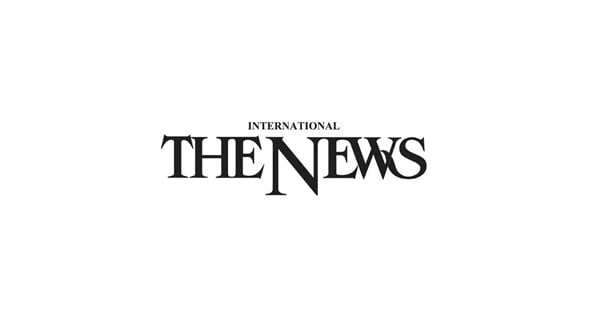That would help to make representation more representative, which is the soul of representative democracy. Other measures that would be required are to increase the number of representatives per capita and to remove the Electoral College and the Senate.
Good luck with any of that.
Number of representatives per capita doesn't matter in PR.
What matters is the cut off point.
In Germany if you get below 5% you don't get seats (unless you get seats through constituency votes, they vote twice on the same day, once FPTP once PR, but PR leads to the final number of seats), in Denmark it's 2%.
So, if the US were to do a 2% cut off point, then any political party which gets 2% of the vote, will get at least one representative in Congress.
Essentially you don't need loads of representatives, you could literally have 100, you get 2.5% of the vote, you get 2 representatives, you get 65% you get 65 representatives.
Obviously there would be more, in Germany they have something like 700, which works well, but the reality is that a political party will work as a team anyway. You could have one representative and 20 people working for you, it amounts to the same as 21 representatives, and they do the same thing.
If the US went for a PR system, it would also go for a President/Prime Minister system, or just a President system, or like the Swiss, a multiple person presidency.
The first would mean the President is elected by Congress to be the ceremonial head of state, the PM would be the leader of the party which can get a coalition of 50.1% or more of the seats. The President system could be a President who is simply elected by the party or coalition with the most seats. And Swiss system would see Congress electing people, by consensus, to be on the executive council. This means that crazies, those with Alzheimer's would never get on, it'd be sensible people, and the head of state rotates every year among the seven.

